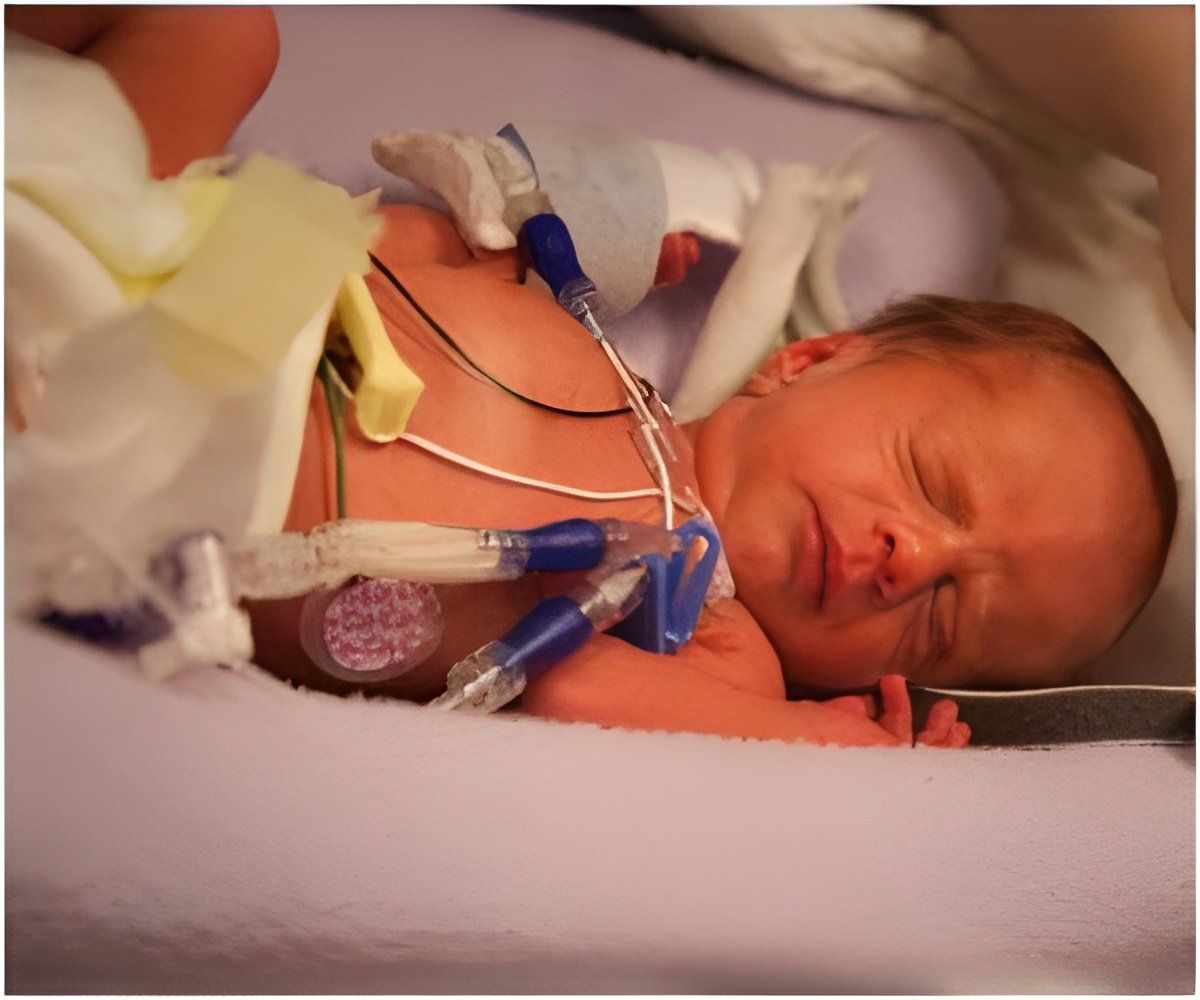Extremely low birth weight (ELBW) babies who survive are more likely to be disadvantaged in employment, income, self-esteem, marriage.

‘Extremely low birth weight babies who survive are more likely to be disadvantaged in employment, income, self-esteem, marriage and more by the time they reach their 30s.’





Dr. Saroj Saigal is the principal author of the study and a professor of pediatrics for McMaster's Michael G. DeGroote School of Medicine, with collaborators from the departments of psychology, and psychiatry and behavioral neurosciences. She is also a pediatrician with Hamilton Health Sciences. Her study compared 100 ELBW survivors to 89 control subjects of normal birth weight (NBW) - born at more than 5.5 pounds (2500 grams) and more than 38 weeks of gestation. The participants, now aged between 29 and 36, answered a series of questions on a broad range of medical, social and psychiatric outcomes tailored to young adulthood.
On the positive side, the results of the survey showed that in their early 30s, the ELBW survivors have the same levels of education, family and partner relationships and report fewer risky behaviors compared to their normal birth weight peers.
Otherwise, the ELBW group is less likely than NBW peers to be employed (80% versus 92% of NBW), less likely to have a full-time job (62% versus 77%), and they have an average of $20,000 less in personal income. More of the ELBW survivors are single (51% versus 35%), more have never had sexual intercourse (21% versus 2%), and fewer have children (20% versus 33%).
One in five ELBW survivors suffer from neurosensory impairments such as blindness and cerebral palsy, and when these individuals were taken out of the survey's results, the differences in employment, marital status and children are no longer significant.
Advertisement
Saigal said the findings are departures from the survey results a decade ago of the ELBWs in their early-to-mid 20s, but the results are not entirely unexpected.
Advertisement
Nevertheless a significant proportion of ELBW adults are employed and living independently and contributing well to society, Saigal said, adding that her team plans to continue to track the outcomes of the ELBW survivors.
"To our knowledge, this is the first longitudinal study of ELBW infants followed from birth into their fourth decade of life, and this is going to have wide-reaching application moving forward. We've learned a lot since then, and as a result of better nutrition and technological advances, survival of ELBW infants has now nearly doubled."
She added, "It is difficult to predict what the future will hold for these ELBW adults as they reach middle age. We also need similar studies on newer ELBW survivors to obtain a better understanding of the most pressing issues and to develop effective intervention strategies."
Source-Newswise












